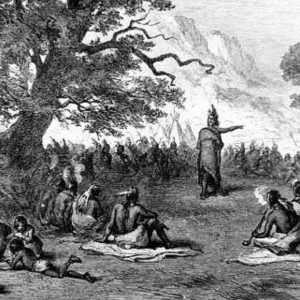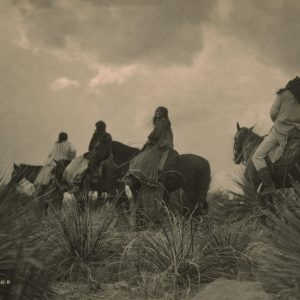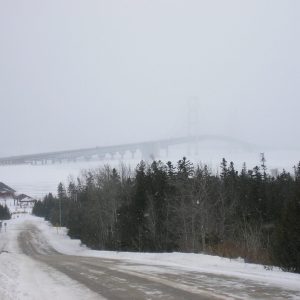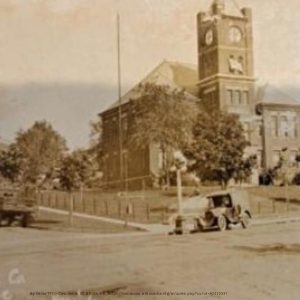Game, Set, Surprise History is full of battles fought with muskets, swords, and strategy. But, every now and then, a lacrosse stick plays a role too. Read more about the Ojibwe capture of Fort Michilimackinac. On June 2, 1763, a sunny spring day at Fort Michilimackinac turned into a pivotal moment in Pontiac’s Rebellion. The fort is perched on the northern edge of Michigan’s Lower Peninsula. British soldiers stationed at the fort were relaxed and unsuspecting. They were enjoying watching a friendly game of baggatiway (an early form of lacrosse) played by local Ojibwe warriors outside the gates. But this… Read More »













